Main Menu
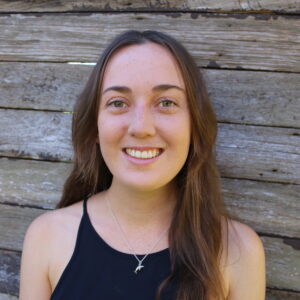
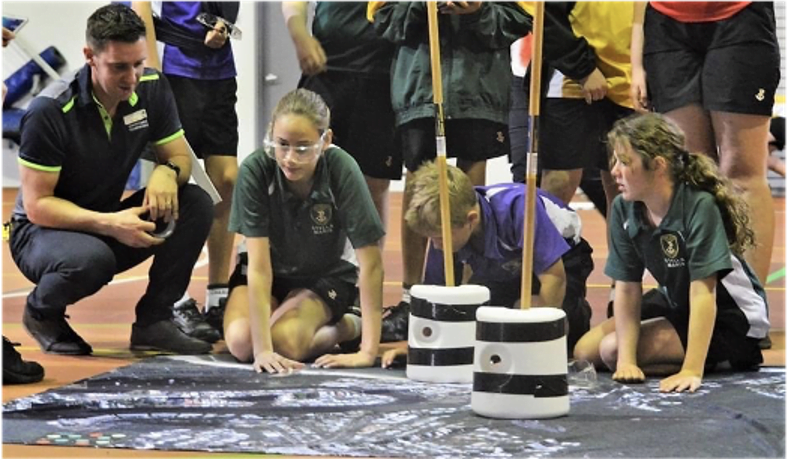
Did you catch David Capill’s talk at EduDrone 2020? He shared his success story of building a community supported STEM curriculum in his school.
Missed it? Don’t stress! Each month in the lead up to EduDrone 2021, we’ll be releasing one of our favourite talks from EduDrone 2020!
Tune in each month to get your fix of STEM-spiration. We hope this will keep the ideas flowing all the way through until EduDrone 2021!
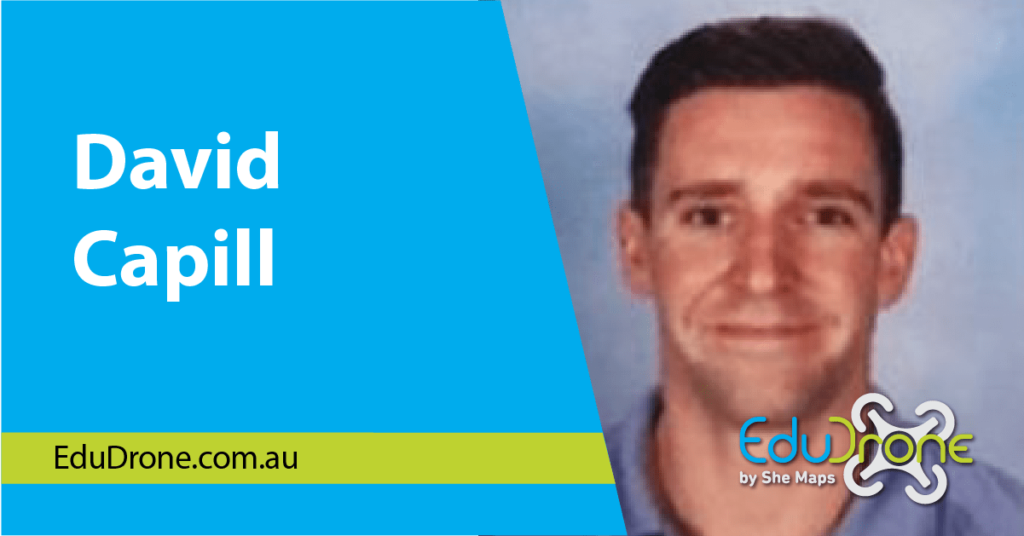
With the school year soon to begin, we wanted to share David’s EduDrone talk. This is to encourage anyone out there who is considering starting a STEM initiative in their school in 2021. David has had huge success with his model of STEM program at Toolooa State High School in Gladstone, and shares his top tips, tricks, and resources for how teachers can develop quality STEM programs in schools.
David trained as a primary school educator, but has now moved into junior secondary. He is currently teaching STEM at Toolooa State High School in Gladstone which has around 1,100 students. He looks after extension programs and opportunities for students in Years 7-9, as well as working to build and maintain local community connections with the school. He has found that partnering with local industries to deliver STEM programs has been a huge asset for the school and students.
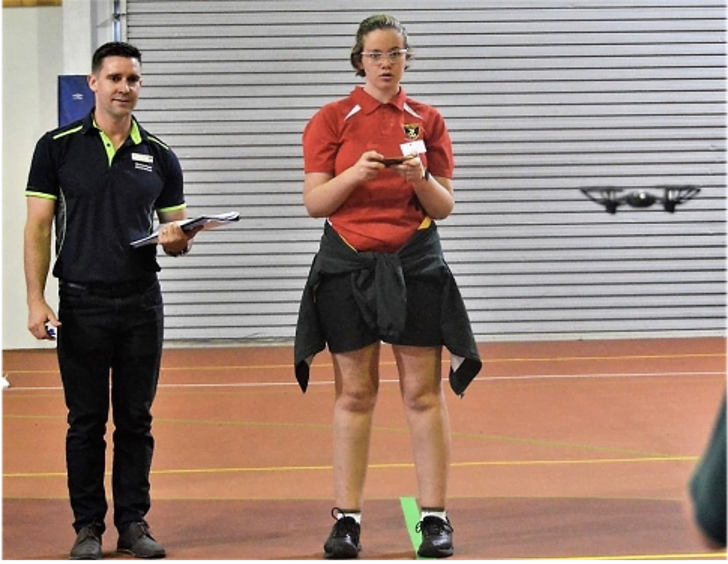
Before you jump headfirst into developing a new STEM in secondary schools, there are a few things you need to consider, such as:
Having a think about these questions will allow you to better shape your STEM program to meet the needs of your school and students. One thing that David spoke about was the importance of providing authentic career pathways to students. We are firm believers of this at SheMaps, as we know it’s much easier to keep kids engaged if something has tangible, real-world applications! This is how we run our programs and design our activities. So when coming up with projects and challenges for your school STEM program, we encourage you to give them real-world context!
David also reminds us that STEM lessons are designed to improve student outcomes, so be mindful to think about how you will measure student outcomes. This way, you’ll be able to demonstrate your success but also identify where you could improve and therefore make changes.

At Tooloa State High School, David created an after school Drone Club for Year 7-9, which then had the Year 10-12 students stay on as mentors after completing the program. Here is a summary of the model David used to shape his STEM program. Be mindful that this is just one successful example, and you should design your program based on your own unique circumstances, context, and resources.
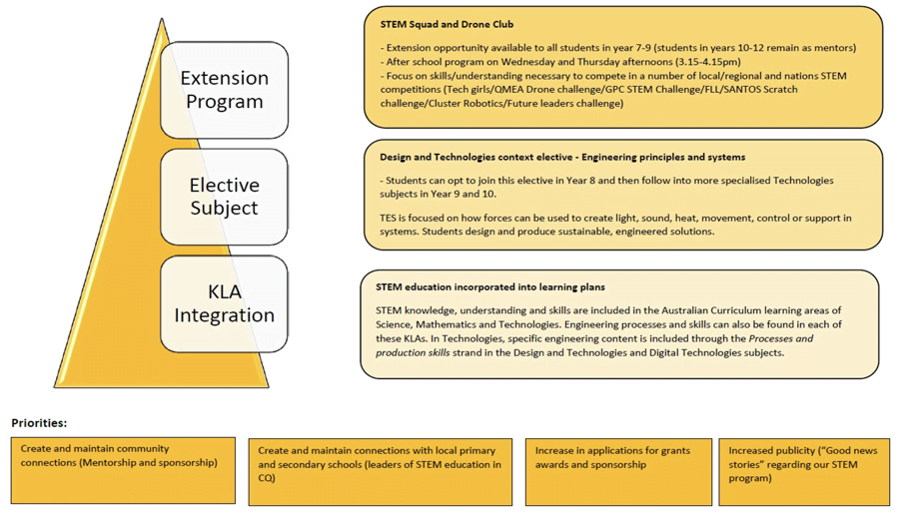
Teachers are BUSY. And when trying to implement drone programs, for many schools it comes down to a matter of time and resources. Schools need human resources, financial support, and mentoring to be able to implement successful drone programs and provide authentic career pathways to students. Meanwhile, companies need access to students to inspire their future workforce, and enable future industry experts. It’s a win-win!
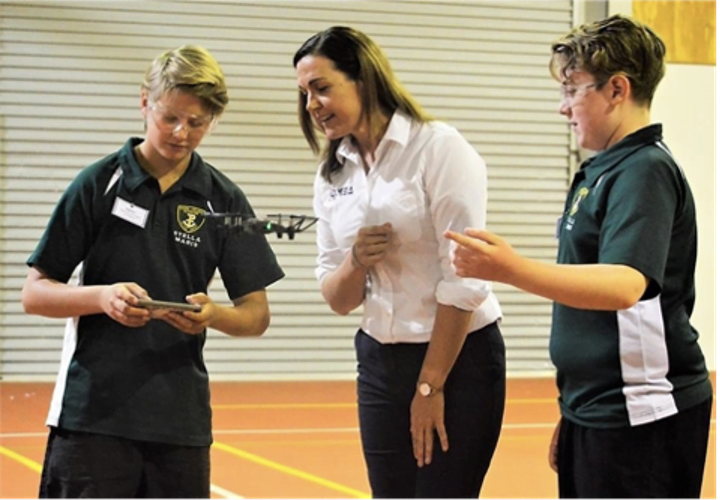
David shared with us how he was able to organise a partnership with a local business in Gladstone to run an inter-school Drone Challenge. There were five local schools that participated and over 100 students engaged. The industry partnership provided them with 6 new drones, as well as paying for all of the teacher time, and providing trophies for the students. David has been kind enough to provide a de-identified version of the proposal that he used to approach the company, which you can use as a template when approaching your own local business – download it here!
Top Tip: Make sure you’re very detailed in proposing what you want from the company, as they need to go through procedures and protocol for getting approval. For that to happen it’s going to take TIME so stay in touch and keep updating them. They need all details up front.
We hope that David’s tips inspire you to start up STEM in primary schools and secondary schools in 2021. Be sure to partner with the local community for joint outcomes! To watch David’s full talk, download his slides below.
Also, keep an eye out for our blog next week coming from a recent Year 12 graduate (and EduDrone 2021 speaker) Gullara McInnes, on How to Start Up a Drone Club at Your School.
Once you’re up and running, be sure to celebrate and share your successes in the She Maps Chats Facebook Group or tag us on social media so that other teachers can get inspired!
For more drone challenges, check out our newest Healthcare in the Himalayas – Drone to the Rescue activity.
She Maps is Australia’s leading expert in drone and geospatial education.
She Maps assist schools with the purchasing of drones, school-industry created drone and geospatial teaching resources and highly supportive teacher professional development.
Ready to buy drones for your school? We are an authorised DJI reseller in Australia

Subscribe by email and never miss a blog post or announcement.

She Maps aims to bring much needed diversity and support to STEM. We do this by providing drone and geospatial programs to teachers and schools across the globe.
At She Maps we acknowledge the Traditional Custodians of Country throughout Australia and their connections to land, sea, and community. We pay our respect to their Elders past and present and extend that respect to all Aboriginal and Torres Strait Islander peoples today.
Aboriginal and Torres Strait Islander peoples are advised that this site may contain names, voices, or images of people who have passed away.
Learn the 6 Steps to Launching a Successful Drone and Geospatial Program at your School
Take our resources for a spin and join the thousands of teachers who love our ready-to-teach classroom materials. Try one of our complete units of work for free.

